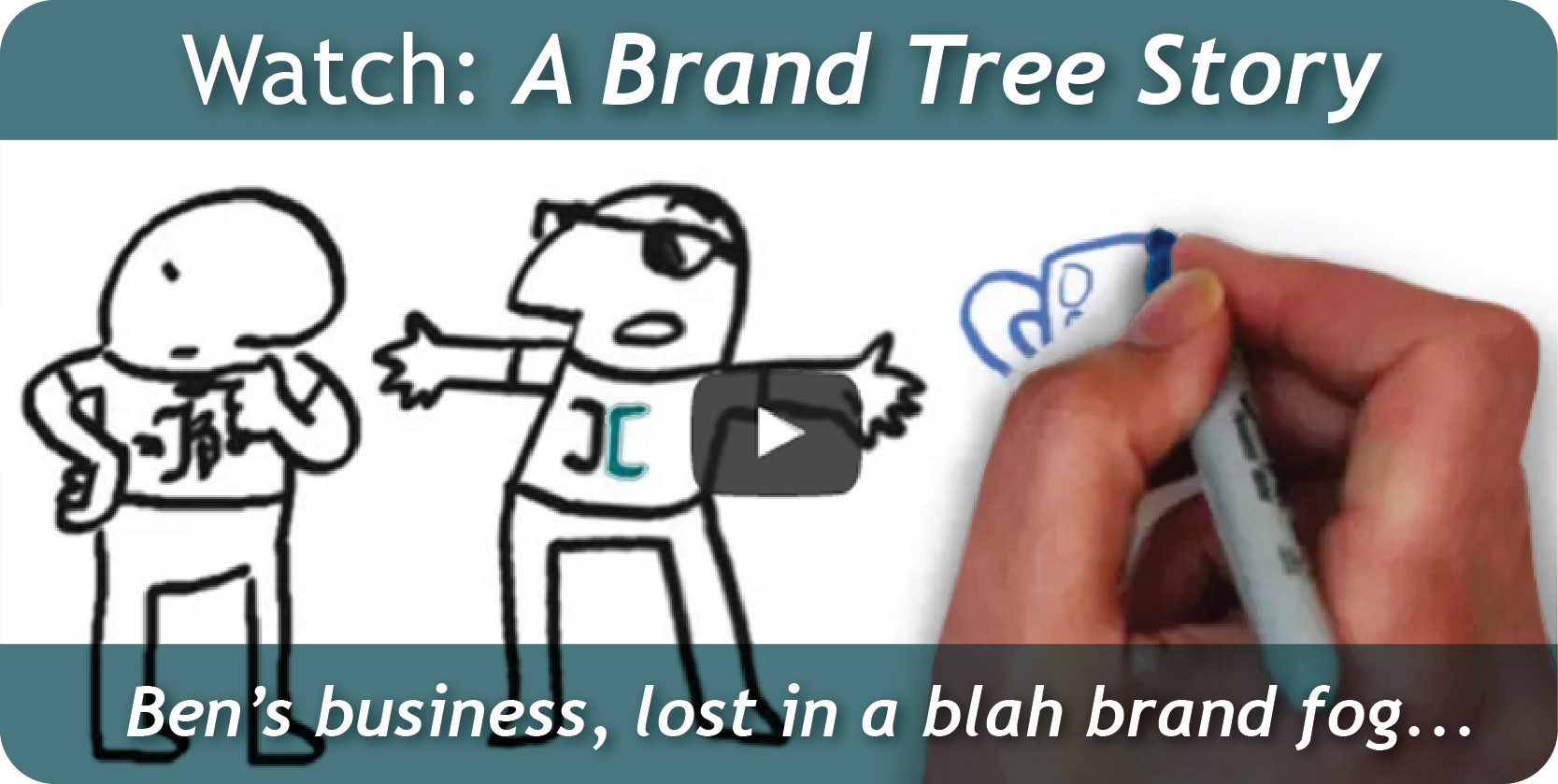Guest Contributor: Bill Pirtle, Author of Navigating Through the Risks of Credit Card Processing

On October 1, 2011 the new debit card rate created under the Durbin Amendment to the Dodd-Frank Wall Street Reform bill takes effect.
So, how much will this save in processing fees? For most small businesses, not a penny.
The fact is that consumers will now be paying twice and many small businesses will be at more of a competitive disadvantage against the chains. The big-box stores promised to reduce prices in exchange for the reduction in Interchange, but do not expect to see them. Stockholders will not allow it; they will see the savings as windfall profits.
Lobbyists from chain stores like Wal-Mart, Target, Home Depot and Lowes wanted this “reform.” On transactions exceeding $100, their costs will plummet. Dick Durbin said that he entered fray after a call from the President of Illinois-based Walgreen. Durbin has said he wanted to help small businesses and consumers.
Most small business owners will sit amazed in November as they look at their statements and wonder where the savings are.
The reason that most small business owners will not see savings is that Interchange is not what business owners think it is. Interchange is not what business owners pay, but a component of the cost of credit card processing companies. What the processor charges the merchant is only based on the Interchange for large companies or those on Interchange Plus pricing (less than 10% of merchants).
This new debit card rate reduces Interchange on debit cards to 0.05% + $0.21 from previous Visa rates of 0.95% + $0.20 for swiped and 1.60% + $0.20 for keyed, along with reducing MasterCard’s rates.
For Interchange Plus merchants, there are three components to what you pay: Interchange (goes to the issuing bank), Dues & Assessments (goes to the credit card brand) and markup (processor and agent share).
All other merchants pay tiered rates. You can spot a tiered pricing structure by reviewing your statement. If you see any of the following items, you are on a tiered structure: Qualified, Mid-Qualified, Non-Qualified, MQ, NQ, or if you pay a rate like 1.79% + $0.22, or similar “flat” rate.
Agents and processors can make substantially more money on a tiered pricing structure. Interchange is part of the wholesale cost. Consider that you own a retail store and Nabisco drastically cuts the wholesale cost of its brand. If your store does not alter retail prices, you make a lot more money on Nabisco products. You may lose customers if your competitors drop prices and you do not, but your profit on product may counter the loss in sales.
With credit card processing, small business owners are the customer. If you want to take advantage of the reduction on debit card costs, you need to be on an Interchange Plus pricing structure. If your current processor refuses to move you to Interchange Plus, look into switching to one who does. However, before you switch, make sure that you are aware of cancellation fees imposed by your current processor. Compare your savings with cost of the early termination fee (ETF) and proceed accordingly.
Bill Pirtle’s company, Merchant Processing Consulting & Training, LLC, has coaches business owners on credit card processing procedures, security compliance, and best practices. In 2009, he founded MPCT Publishing Co. to publish Navigating Through the Risks of Credit Card Processing, an Amazon bestseller.
Find his 5 star-rated book on Amazon!
*Note on the cover design: As in our brand identity work, we achieve the same level of relevance in our graphic design work. In other words, the design should mean something – especially a book cover design. We judge books by their covers, remember?
Anyone familiar with the credit card processing industry knows there are dangers involved if not navigated through carefully. Hence, the image of the iceberg and the hidden or unseen dangers.
Also, since this is the first of several guides to come, we created a template with the header and footer. When Bill writes additional books, he will already have the brand identity recognition, and therefore a quicker “in” with people familiar with his series. Genius you say? No, just common sense design.
Learn more from Bill Pirtle at http://mpctpublishing.com/blog/!



